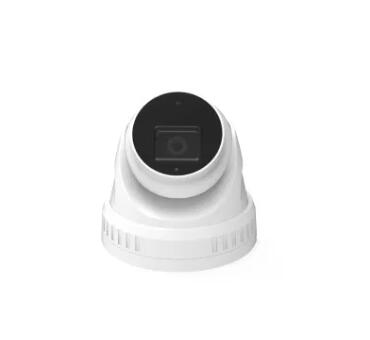Balancing Act: Navigating the Impact of Surveillance Technologies on Human Rights
2024-01-30
Introduction:
In an era dominated by technological advancements, the use of surveillance technologies has become pervasive, with implications for various aspects of society. While these technologies offer undeniable benefits in terms of security and efficiency, their deployment raises pressing concerns regarding the impact on fundamental human rights. This blog aims to explore the complex relationship between surveillance technologies and human rights, shedding light on the challenges and considerations that arise in this increasingly interconnected world.
1. Right to Privacy:
The right to privacy, a cornerstone of human rights, is perhaps the most directly impacted by surveillance technologies. Mass surveillance, facial recognition, and data collection can infringe upon individuals' private lives, leading to a society where personal boundaries become blurred. Striking a balance between security and privacy is crucial to ensuring the protection of this fundamental human right.
2. Freedom of Expression:
Surveillance technologies, when misused, can have a chilling effect on freedom of expression. The fear of constant monitoring may deter individuals from freely expressing their opinions, stifling dissent and undermining the democratic ideals that prioritize open dialogue and diverse perspectives. Safeguarding freedom of expression requires careful regulation and oversight of surveillance practices.
3. Right to Assembly and Association:
The right to assemble peacefully and associate with others is a vital aspect of democratic societies. Surveillance technologies, if unchecked, can intimidate and discourage citizens from participating in public gatherings or associating with particular groups. Striking a balance between ensuring public safety and preserving these fundamental rights is a delicate task for policymakers.
4. Non-Discrimination:
The deployment of facial recognition and other surveillance tools raises concerns about the potential for discrimination. Biases in algorithms and data can lead to disproportionate targeting of certain demographic groups, exacerbating existing inequalities. Protecting the right to be free from discrimination necessitates addressing biases in the design and implementation of surveillance technologies.
5. Right to Due Process:
Surveillance technologies can impact the right to due process, especially when used for pre-emptive monitoring or profiling. Unchecked surveillance may lead to unwarranted investigations and accusations, undermining the principle of innocent until proven guilty. Striking a balance between effective law enforcement and protecting due process rights is crucial for a just and fair society.
6. Accountability and Oversight:
A key challenge in mitigating the negative impact of surveillance technologies on human rights is establishing robust accountability mechanisms and oversight. Transparency in the use of surveillance, clear regulations, and independent oversight bodies are essential to prevent abuses and ensure that these technologies serve the public interest without violating fundamental rights.
7. Global Implications:
The use of surveillance technologies transcends national borders, raising concerns about human rights violations on a global scale. International collaboration and agreements are necessary to establish ethical standards and guidelines that uphold human rights universally, fostering a shared commitment to responsible and transparent use of surveillance technologies.
Conclusion:
As we navigate the landscape of surveillance technologies, it is imperative to recognize the potential impact on human rights and strive for a harmonious coexistence between technological innovation and the protection of fundamental freedoms. Achieving this delicate balance requires a collective effort from governments, technology developers, civil society, and citizens to ensure that surveillance technologies are wielded responsibly and ethically in a manner that upholds the principles of human rights for all.



